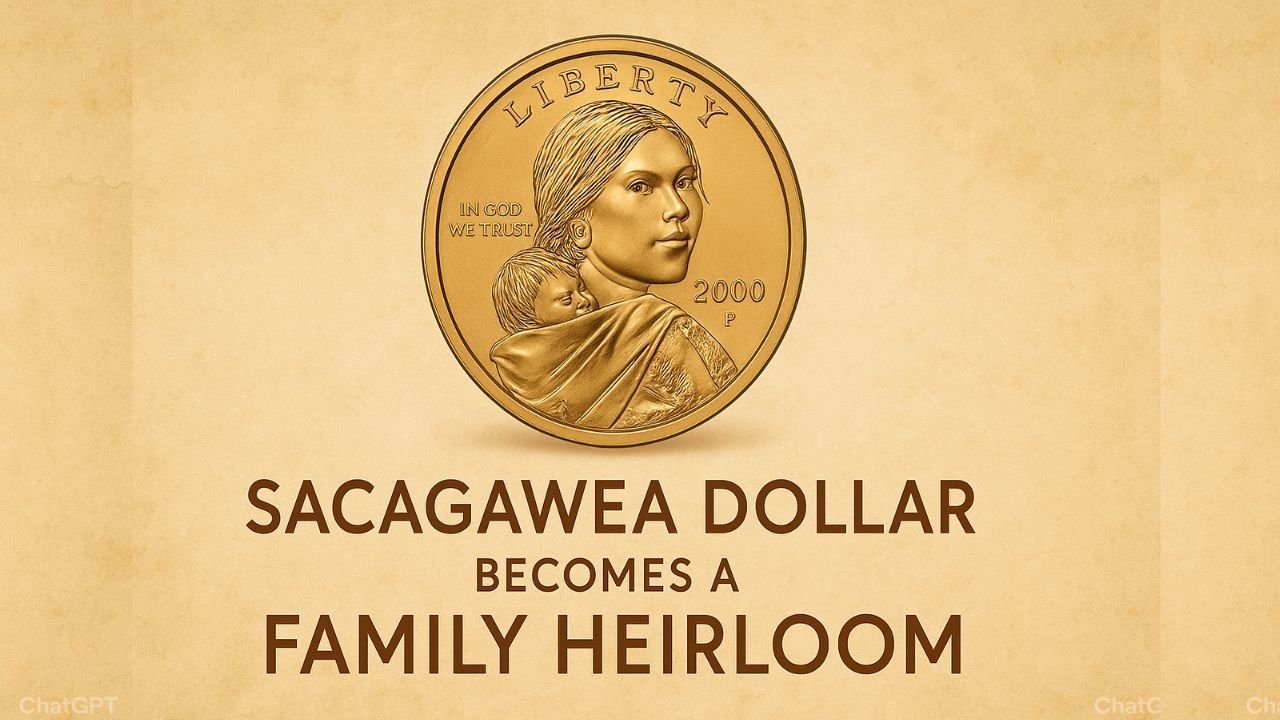In an age of digital transactions and fleeting trends, the power of a physical object to tell a story remains profound. For many families, one such object is a golden dollar coin, first gifted to a newborn at the dawn of a new millennium. What began as a symbolic gesture in the year 2000 has, for countless households, evolved into a cherished family heirloom, its value measured not in currency, but in memory and connection.
A Symbolic Beginning for a New Generation
The launch of the Sacagawea dollar in 2000 was more than a monetary update; it was a cultural moment. With its warm golden color and dignified portrait of a Shoshone guide and her child, the coin felt different. It represented a new chapter in American history, both literally and figuratively. This sense of new beginnings resonated deeply with parents and grandparents, who saw in the coin a perfect symbolic gift for children born in the same year. Tucking a Sacagawea dollar into a birthday card or a baby’s first piggy bank became a popular ritual—a way to physically connect a new life to a new century.
The Unspoken Promise of an Heirloom
The act of saving this particular coin was intentional. Unlike regular change, it was never meant to be spent on a loaf of bread or a gallon of milk. From the moment it was gifted, it was set apart. Placed in a protective holder, a jewelry box, or a special envelope, the coin was imbued with an unspoken promise: this is for your future. It was a tangible investment in memory, a physical anchor point for a family’s story. The giver, perhaps without fully realizing it, was initiating a tradition of preservation.
The Growing Narrative of a Simple Coin
As the years passed, the narrative woven around the coin grew richer. A parent might take it out every year on a child’s birthday, telling the story of the day it was given. It became a visual aid for family history, a starting point for conversations about the year 2000, and an introduction to the story of Sacagawea herself. The coin’s own journey—from a minted object to a personal treasure—mirrored the family’s journey, accumulating layers of meaning with each passing year. Its worth was no longer based on its metallic composition, but on its role as a silent witness to first steps, graduations, and other milestones.
A Bridge Between Generations
Today, over two decades later, that child born in 2000 is likely an adult. The gift of the Sacagawea dollar now serves as a powerful bridge between generations. For the original giver, it is a reminder of a hopeful time. For the recipient, it is a physical connection to their roots and the loved ones who celebrated their arrival. The act of passing it down, perhaps to their own child, transforms the coin from a simple gift into a true heirloom. It carries with it the love and foresight of the past, solidifying its place in the family’s ongoing narrative.
Finding Meaning in a Digital World
In our modern, often intangible world, the simple, solid weight of a coin holds a new kind of power. A Sacagawea dollar saved from 2000 represents a moment frozen in time, a deliberate pause in the rush of life. It stands in stark contrast to the ephemeral nature of digital money and communication. For families, this golden coin is a testament to the enduring human need for physical tokens of love, history, and identity. It proves that the most valuable treasures are not always the rarest or most expensive, but are those that hold the stories we choose to keep.
Frequently Asked Questions
Q1: Why was the year 2000 significant for the Sacagawea dollar?
The year 2000 marked the coin’s debut, coinciding with the new millennium. This timing made it a powerful symbol of new beginnings, which is why many people chose it as a commemorative gift for newborns and other milestones that year.
Q2: Is a Sacagawea dollar from 2000 financially valuable?
While most standard 2000-P or 2000-D coins are worth their face value, their true worth to families is sentimental. The value lies in the memory and the tradition, not in its monetary appraisal.
Q3: How should I care for a Sacagawea dollar I plan to pass down?
To preserve its condition, handle it by the edges to avoid fingerprints and store it in an archival-quality coin holder or a soft, non-PVC plastic flip. The most important thing is to keep it safe from scratches and environmental damage.
Q4: What makes an object an “heirloom”?
An heirloom is any object passed down through generations within a family, valued for its sentimental and historical significance rather than its monetary worth. The Sacagawea dollar becomes an heirloom through the story attached to it and the intention behind its preservation.
Q5: My family doesn’t have one of these coins. Is it too late to start a similar tradition?
Not at all. The beauty of this tradition is its simplicity. You can start a new heirloom tradition with any special coin, medal, or token that has meaning for your family. The key is the story you create and the intention to pass it down.
